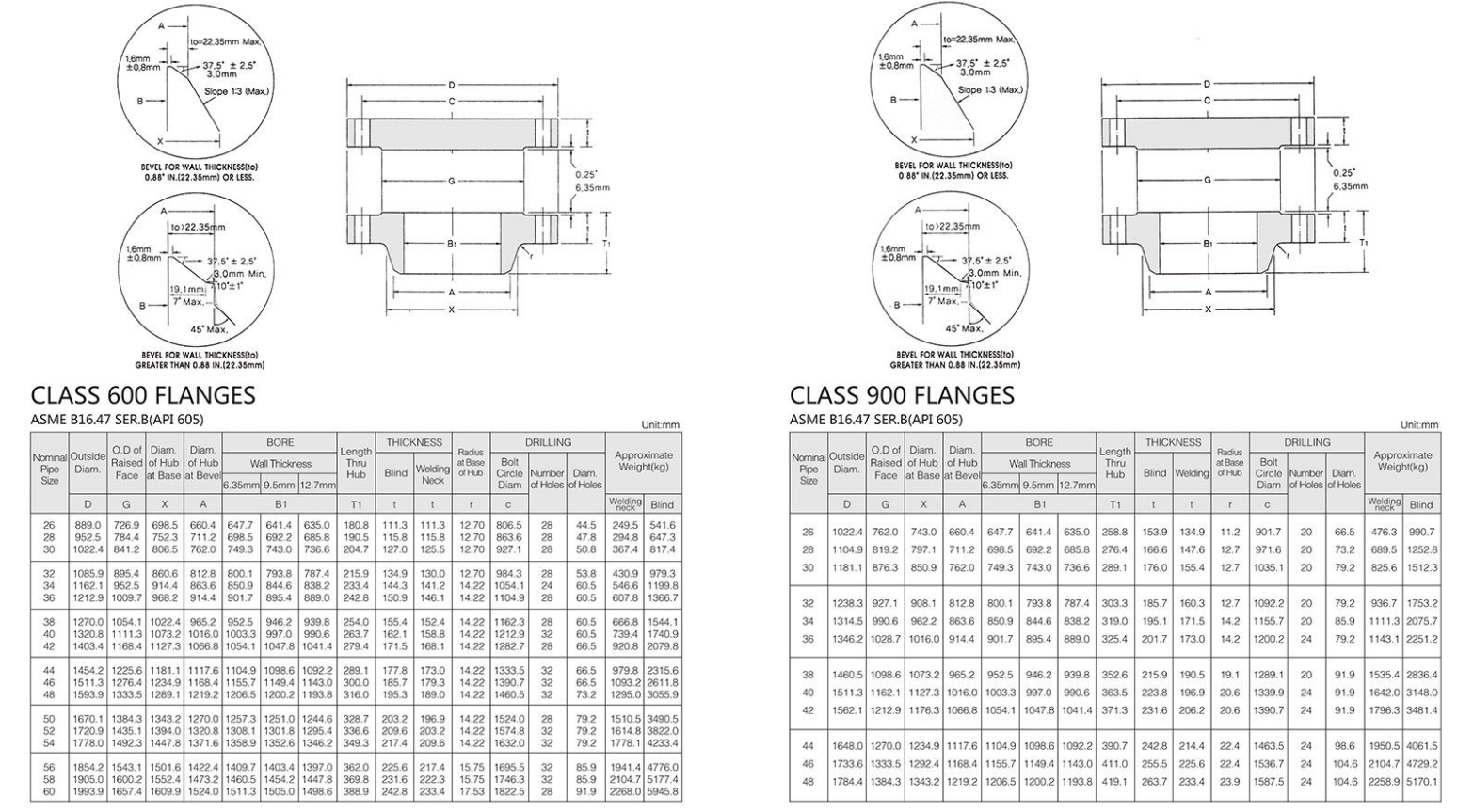-
Cangzhou Yulong Steel Co., Ltd.
-
Phone:
+86 13303177267 -
Email:
admin@ylsteelfittings.com
- English
- Arabic
- Italian
- Spanish
- Portuguese
- German
- kazakh
- Persian
- Greek
- French
- Russian
- Polish
- Thai
- Indonesian
- Vietnamese
- Zulu
- Korean
- Uzbek
- Hindi
- Serbian
- Malay
- Ukrainian
- Gujarati
- Haitian Creole
- hausa
- hawaiian
- Hebrew
- Miao
- Hungarian
- Icelandic
- igbo
- irish
- Japanese
- Javanese
- Kannada
- Khmer
- Rwandese
- Afrikaans
- Albanian
- Amharic
- Armenian
- Azerbaijani
- Basque
- Belarusian
- Bengali
- Bosnian
- Bulgarian
- Catalan
- Cebuano
- China
- China (Taiwan)
- Corsican
- Croatian
- Czech
- Danish
- Esperanto
- Estonian
- Finnish
- Frisian
- Galician
- Georgian
- Kurdish
- Kyrgyz
- Lao
- Latin
- Latvian
- Lithuanian
- Luxembourgish
- Macedonian
- Malgashi
- Malayalam
- Maltese
- Maori
- Marathi
- Mongolian
- Myanmar
- Nepali
- Norwegian
- Norwegian
- Occitan
- Pashto
- Dutch
- Punjabi
- Romanian
- Samoan
- Scottish Gaelic
- Sesotho
- Shona
- Sindhi
- Sinhala
- Slovak
- Slovenian
- Somali
- Sundanese
- Swahili
- Swedish
- Tagalog
- Tajik
- Tamil
- Tatar
- Telugu
- Turkish
- Turkmen
- Urdu
- Uighur
- Welsh
- Bantu
- Yiddish
- Yoruba

Oct . 02, 2024 08:53 Back to list
din flange size
Understanding DIN Flange Sizes A Comprehensive Guide
When it comes to piping systems, flanges play a crucial role in ensuring the integrity and efficiency of connections between different sections of pipes. Among the various types of flanges available, DIN (Deutsches Institut für Normung) flanges are particularly notable for their standardized dimensions and quality specifications, which are widely adopted in various industries, especially in Europe. Understanding DIN flange sizes is essential for engineers, designers, and technicians in order to select the right components for their projects.
What Are DIN Flanges?
DIN flanges conform to the standards set by the German Institute for Standardization (DIN), which outlines specifications for materials, design, and dimensions. These flanges are typically made of high-quality materials such as stainless steel, carbon steel, and various alloys to withstand different pressures and temperatures. The layers of the flange, including the surface finishes and the presence of bolting and gaskets, play a critical role in their application.
Standard Sizing
DIN flanges come in several standard sizes, each denoted by a specific designation that includes the nominal diameter (DN), pressure rating (PN), and the type of flange (e.g., slip-on, blind, weld neck). The nominal diameter represents the internal diameter of the piping system, while the pressure rating indicates the maximum pressure the flange can handle.
For example, a common DIN flange designation might read “DN100 PN16.” In this case, ‘DN100’ indicates a nominal diameter of 100 mm, and ‘PN16’ signifies that the flange is rated for a maximum working pressure of 16 bar. These size parameters are essential when determining compatibility with pipes and fittings in a system.
Flange Types and Their Sizes
DIN flanges come in various types, including but not limited to
din flange size

1. Slip-On Flanges These flanges are designed to slip over the pipe and then be welded into place. They are relatively easy to align and install, making them popular in less critical applications. Common sizes range from DN10 to DN2000.
2. Weld Neck Flanges These flanges feature a long neck that is welded to the pipe, providing a stronger connection and the ability to handle higher pressures. They are typically available in sizes from DN15 to DN1500.
3. Blind Flanges Used to close off a piping system at the end, blind flanges come in various sizes as well and are vital in maintenance and management of systems. Sizes range from DN10 to DN1000 or larger.
4. Threaded Flanges These are designed to connect with threaded pipes. They are available in sizes similar to slip-on and blind flanges.
Choosing the Right DIN Flange Size
When selecting the appropriate DIN flange size for a project, engineers must consider several factors, including the type of fluid being transported, the operating temperature, and pressure conditions. It is vital to ensure that the flange's pressure rating meets the system requirements to avoid leaks or failures.
Additionally, compatibility with existing piping systems and fittings is essential. Proper alignment and installation must be ensured to avoid future complications.
Conclusion
In summary, understanding DIN flange sizes is critical for the successful design and implementation of piping systems. With a variety of options available, professionals must navigate through specifications carefully, considering the various types and ratings to ensure safety, reliability, and efficiency in their applications. Whether you are working on a small-scale project or involved in a large industrial setup, knowledge of DIN flanges will enable you to make informed decisions that enhance system performance.
Latest news
-
ANSI 150P SS304 SO FLANGE
NewsFeb.14,2025
-
ASTM A333GR6 STEEL PIPE
NewsJan.20,2025
-
ANSI B16.5 WELDING NECK FLANGE
NewsJan.15,2026
-
ANSI B16.5 SLIP-ON FLANGE
NewsApr.19,2024
-
SABS 1123 FLANGE
NewsJan.15,2025
-
DIN86044 PLATE FLANGE
NewsApr.19,2024
-
DIN2527 BLIND FLANGE
NewsApr.12,2024
-
JIS B2311 Butt-Welding Fittings LR/SR 45°/90° /180°Seamless/Weld
NewsApr.23,2024











